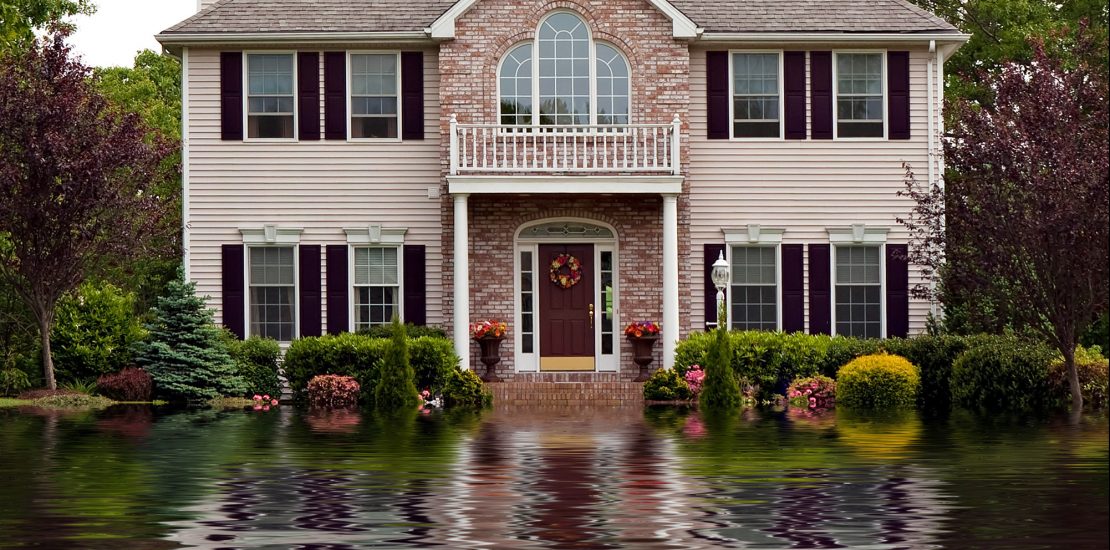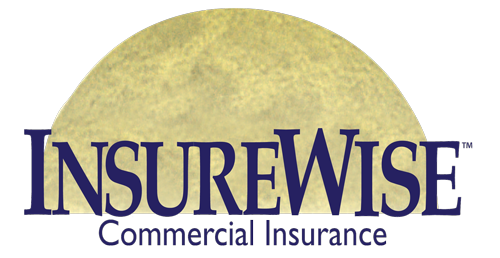- August 27, 2015
- Posted by: thinkjcw
- Category: Blog

|
Toxic Mold: Identification and Controls
The Good Mold: Mold is a naturally occurring element of nature. Without mold, the environment would be overwhelmed with dead organic matter. Also, there are many different types of mold, all with differing characteristics. Ironically, without mold, our store of medicines and foods would be much more limited. Molds have helped us synthesize antibiotics and hormones. If a medicine
name ends in “mycin”, it was made with mold. Penicillin is a product of the green mold, P. notatum, and the red bread mold, Neurospora, is an important tool in genetic experiments. Molds have led to the development of enzymes and the fermentation of organic acids for manufacturing and industrial processes. Mold is also added to certain cheeses for flavor, such as Roquefort and butchers use mold to preserve meat. Without mold, we would not have beer or bread, let alone mushrooms and truffles.
The Bad Mold and Signs of Exposure:
Mold is present in all buildings in some form and quantity. However, certain species of mold spores, in large enough concentrations, can be toxic. Although the health problems of mold exposure are in debate, there is literature tying some health effects to mold exposure. People with immune-compromised systems may experience permanent health effects.
Physical symptoms related to exposure to mold or sick building syndrome includes:
- eye irritation ■ nose running/irritation ■ throat irritation; ■ respiratory complaints; ■ skin irritation; ■ nausea; ■ dizziness ■
By knowing the symptoms of toxic mold exposure managers can be alerted to the potential presence of mold in their structure. Obviously just because these symptoms are present does not for certain mean mold is present in the structure, Furthermore, if only one of many persons in the same general area have such symptoms it may be a personal issue. But the statement of such symptoms by several individuals should be an alert to investigate further.
If numerous employees, patrons or building occupants complain of ‘moldy’ or musky smells then perform an investigation. If you own the building, consider hiring an air quality investigator.
These symptoms could result from other factors, however that cannot be determined until investigated and the source identified.
How to Control Mold Exposure: The following must be accomplished if the issues surrounding mold remediation are to be properly addressed:
► Educate persons that mold is a physical hazard just as water on the floor. However, it may not be as obvious to see and therefore requires due diligence to identify it.
►Reduce the risk of mold contamination by insisting upon proper equipment sizing, selection, installation, and maintenance of their HVAC system in order to control humidity and maintain proper airflow. You may think this is obvious and will be done correctly by licensed and experienced HVAC contractors. My neighbor found out otherwise as the former owner of the house apparently upgraded a part of the HVAC system but the speed of the air flow was not adjusted appropriately and mold contamination was the result.
| ► Recognize the need for proper building maintenance and cleaning.
► Know the signs of mold and then what to do if they find it.
► If the air is moist consider the use of Dehumidifiers to mechanically filter the air.
► Consider the use of chemical absorbents such as Damp Rid – We once rented a house that had concrete walls. The tile on the bathroom floors and wall was always wet. Damp Rid absorbed the moisture and prevented mold manifestation.
Construction practices need to be upgraded to reflect latest knowledge in building science. Builders need to be educated on the correct application of new technologies and improved usage of existing technologies (such as the correct application of vapor barriers). The impact that ventilation (unvented fireplaces, appliance exhaust fans, etc.) have on the infiltration of warm |
| moist air needs to factored into the building design stage. A Certified Industrial Hygienist (CIH) Microbiologists or Mycologists can take air sample where the indoor air is sucked into a pump and the Microbial matter of the air transferred onto a filter. That filter is then analyzed for the presence of Mold.
Steps that can be taken to prevent Mold are:
● prevent water intrusion into the building interior
● proper insulation of water pipes to prevent condensation
● correct equipment sizing/selecting/installation of HVAC components
● on-going building maintenance and cleaning to remove wetness |
Look For the Root Cause: Mold needs water or moisture and oxygen to grow. Once the water or moisture has manifested itself it will transform into mold and continue to grow until controlled. Water does not have to flow into the building for there to be enough moisture to promote the growth of mold. Although one-time leaks or burst water pipes may not be a problem if repaired, even a one-time leak, if not properly addressed, can cause unacceptable mold growth. There are a number of casual factors of moisture or water entry:
- Lack of building maintenance
- Poor building design or construction
- Using wet building materials
- Leaky pipes, windows, or doors
- Regular, or even one-time flooding
- Simple plumbing mistakes or breaks
- Excessive humidity and condensation
- Improper landscaping design or maintenance causing water to flow toward the building
- Any other serious water related problem
If your building is experiencing water penetration, consistent moisture or leaks then investigate the source of the water flow. If you cannot find any water source or mold growth area you may wish to call in a professional to perform a mold identification survey. This is a growing business segment so finding qualified mold identification and remediation contractors should not be a problem.
If mold is identified after an investigation, the source of the water or moisture must be corrected. Responding to mold involves more than just determining and fixing the source of the water. Experts in toxicology and epidemiology may have to be consulted to establish the extent of the situation. If mold is found in large enough concentrations, the building must be cleaned and remediated to ensure the health of the occupants before they can return. After the remediation the Mold Abatement Contractor should certify in writing that that the building is “clean,” or demand such a certification from the landlord.
Communicate- if Mold is Discovered: If mold is identified you will have to develop an action plan of how you are going to handle it. When actions involve people a communication process needs to be considered. After all you can’t have a section of your building quarantined off with plastic and have outside contractor workers handling material and wearing respirators and then tell everyone “It’s nothing- go back to work.” If you have a mold issue, it may cause concern and anxiety among your employees. If you or the landlord has hired experts, consider having those experts provide you with a written explanation of the steps they are taking, and how the tenants/employees are being protected. Post or provide that information to your employees. Work on the building may necessitate relocation of employees.
Summary: Today, more and more insurers are excluding mold and mold-related damages from their commercial insurance coverage. So this becomes what is called a self insured retention because the carrier may not have a contractual obligation (as the policy excludes it) to respond to the claim. Owners, managers and builders have been surprised to learn that their insurance policies exclude mold claims. Although there is no guaranteed protection from mold-related losses, taking these steps should limit your potential legal liability.
